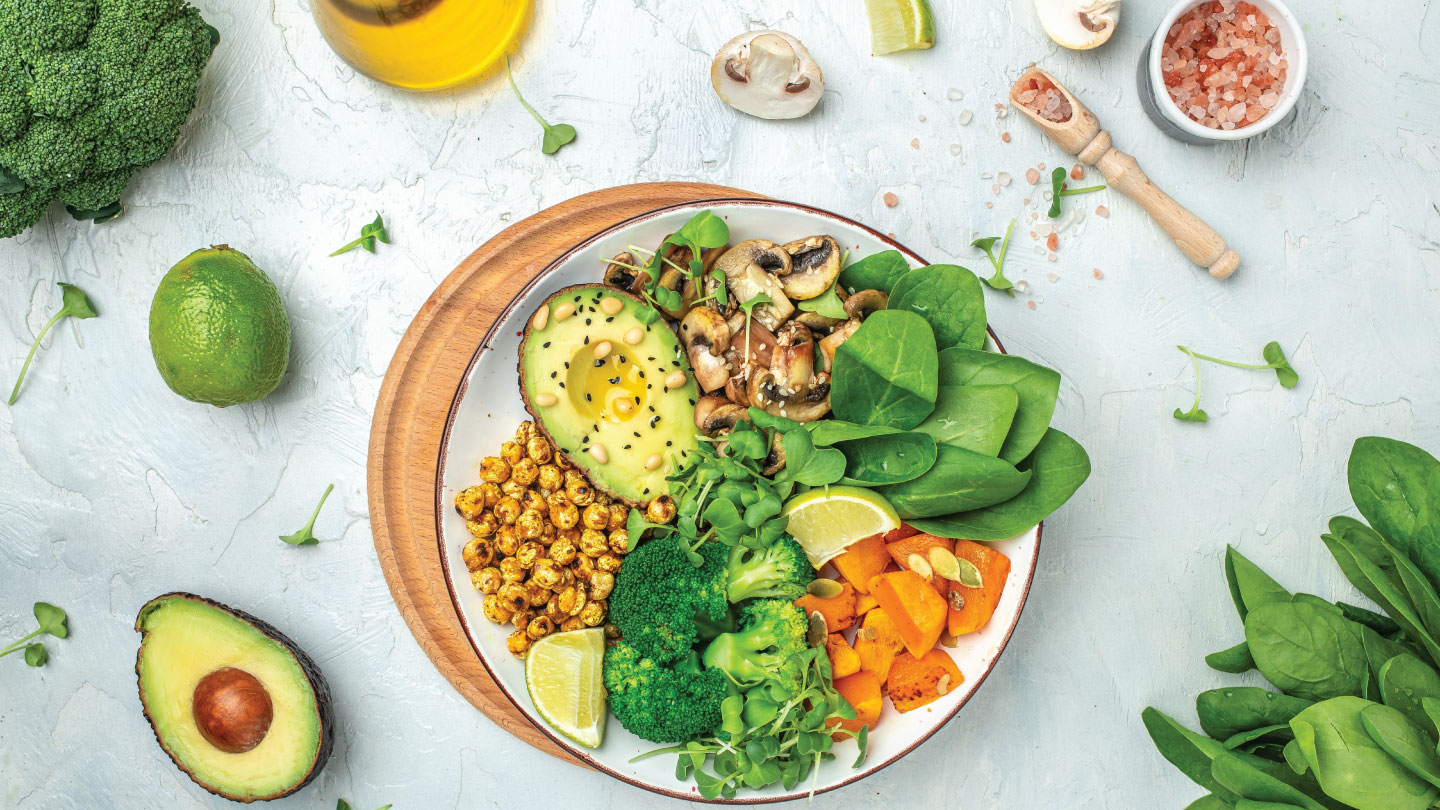Nutrition
Antinutrients: Why You Should Never Have Tea With Your Meals
Antinutrients are natural compounds present in food that might be interfering with the absorption of nutrients like calcium, potassium and iron. Here’s how you can reduce antinutrients in your daily diet.
Did you know that if you drink tea or coffee alongside your meals, your ability to absorb iron from your food could be reduced by up to 60 per cent? This is because of the presence of a polyphenol (plant compound) in coffee known as tannin. Tannin falls under a group of naturally occurring compounds commonly known as antinutrients.
Related Story: This or That: Is Coffee More Energising or a Mid-day Nap?
Antinutrients are called so because they interfere with your body’s absorption of nutrients from your digestive system into your bloodstream. They are most commonly found in legumes, seeds, nuts and grains, and usually block the absorption of minerals like calcium, iron, potassium and magnesium. In plants, these antinutrients are synthesised to protect the seeds from consumption by animals or from bacterial infections. But when consumed by humans through food, they may reduce the total amount of vital nutrients you get from your food.
Some common types of antinutrients include:
- Lectins: Lectins are a type of protein found in most plant foods, but are present in highest amounts in legumes like beans, soybeans and peanuts, and whole grains. They can reduce the absorption of calcium, iron, phosphorus and zinc.
- Phytates: Phytate or phytic acid is an antinutrient commonly found in grains like wheat, barley, rice and corn, legumes, and nuts. They reduce the absorption of iron, zinc, magnesium and calcium.
- Oxalates: This antinutrient is present in green leafy vegetables, beets, berries, cranberries, beans and nuts. It binds itself to calcium and forms calcium oxalate, and removes the calcium from the body through bowel movements.
- Tannins: Tannins are a type of polyphenols present in tea, coffee and processed meats that can block the absorption of iron from food.
- Glucosinolates: Found in cruciferous vegetables like cauliflower, kale and broccoli, these types of antinutrients can prevent the absorption of iodine.
Related Story: 7 Easy Ways To Get Enough Calcium When You’re Vegan
How to Reduce the Effect of Antinutrients
Antinutrients are present in high concentrations in grains, legumes, seeds and some vegetables—all of which are essential parts of a wholesome, balanced diet and should not be avoided. However, research shows that there are some easy ways in which you can neutralise or reduce the effect of antinutrients in your diet.
Related Story: 6 Ways To Help Your Child Develop Healthy Eating Habits
1. Soaking: Soaking legumes for 6-8 hours or overnight before consumption has been found to decrease the phytates, lectins and oxalates present in them. In a study published in the Journal of Food Processing and Preservation in 2006, it was found that soaking pigeon peas (arhar dal) for 6-8 hours decreased lectins by 38-50 per cent and tannins by 13-25 per cent. Soaking green vegetables in water before cooking them was also found to reduce oxalates. Usually, soaking is most effective when accompanied by one of the other methods like boiling, sprouting and fermenting.
2. Boiling: Cooking at high heat has shown promising results in reducing antinutrients like lectins, tannins and oxalates. The same study on pigeon peas found that boiling them reduced lectin by 79 per cent and tannin by 69 per cent. Additionally, a study published in the Journal of Agricultural and Food Chemistry in 2005 found that boiling leafy vegetables and beets reduces the oxalates present in them by up to 87 per cent.
3. Sprouting: Sprouting is a process by which germination is initiated in some legumes, grains and seeds by soaking them for several hours, then placing them for a day in a sprouting vessel, and repeating this until a tail-like protrusion starts to grow. According to a study published in Journal of Food Science in 2012, sprouting reduced the phytate present in legumes by 40 to 80 per cent. The study also observed some decrease in lectins.
Related Story: 10-minute Sprouts Salad
4. Fermentation: In various cultures across the world, fermentation has been used as a method of food preservation. In a review of various studies on fermented food published in the Open Biotechnology Journal in 2019, it was found that fermenting soya into miso, cabbage into sauerkraut and whole grains into sourdough bread effectively degrades phytates and lectins, while also increasing beneficial probiotic bacteria.
For healthy people who include foods rich in antinutrients as a part of an overall balanced diet, antinutrients are not particularly harmful. However, for those suffering from mineral deficiencies like iron-deficiency anaemia or osteoporosis (low levels of calcium), it is advisable to be careful about the ingestion of antinutrients. As a general rule, try to avoid eating large amounts of foods containing antinutrients at the same time—for example, instead of having only cereals or oatmeal for breakfast, try replacing half the cereal with fresh fruit or berries.
EXPLORE MORE
Five thoughtful breakfast combinations that work with diabetes, PCOS, thyroid issues, inflammation, and heart health.
From fibre and protein to gut health and mindful meals, these are the healthy eating lessons that stood out in 2025!
Bloating isn’t just about overeating or bad food choices. According to expert nutritionist Dr Lakshmi Kilaru, it’s often the result of multiple factors. Keep reading to know more.
If you’re on a GLP-1, your diet can make or break your health journey. Here’s your guide to avoid common pitfalls.






.jpg)

.jpg)

